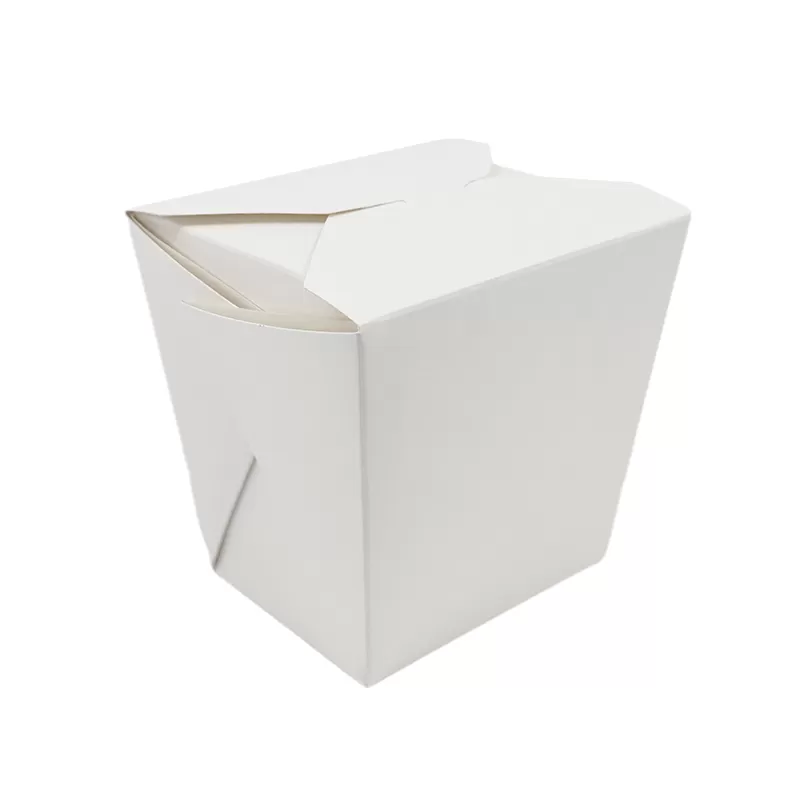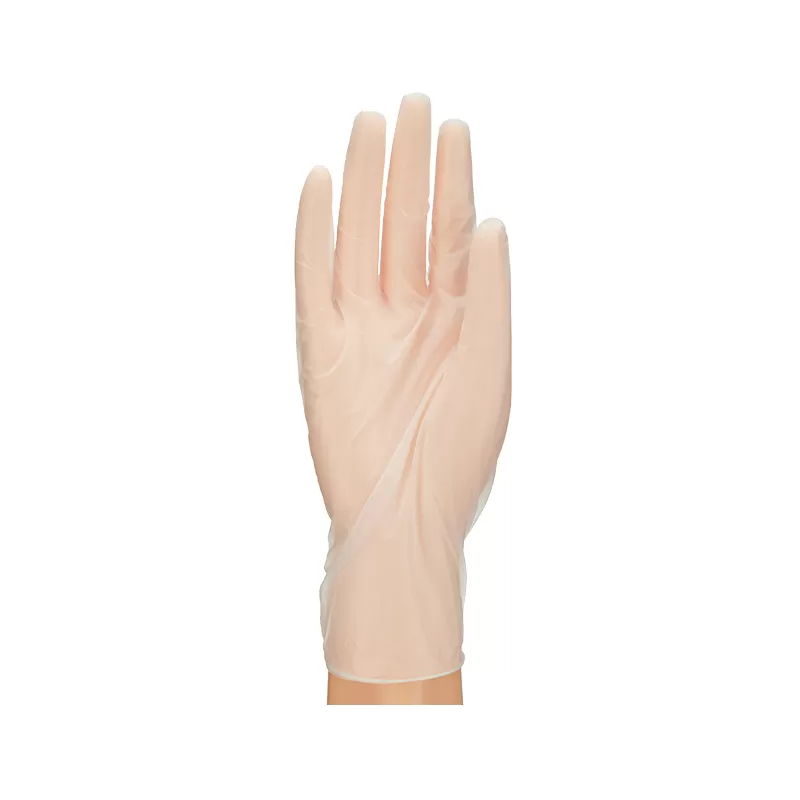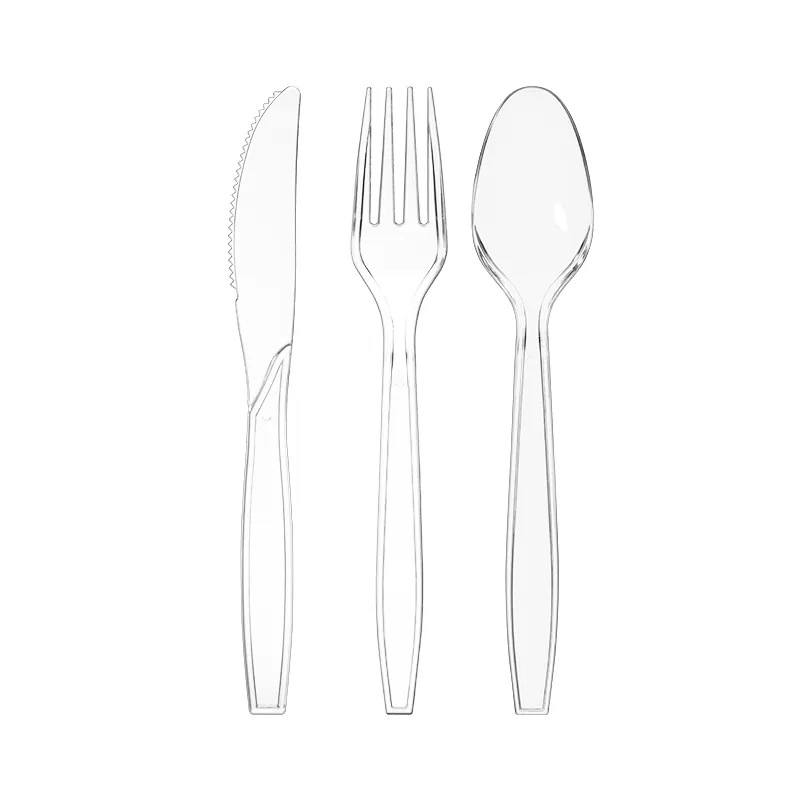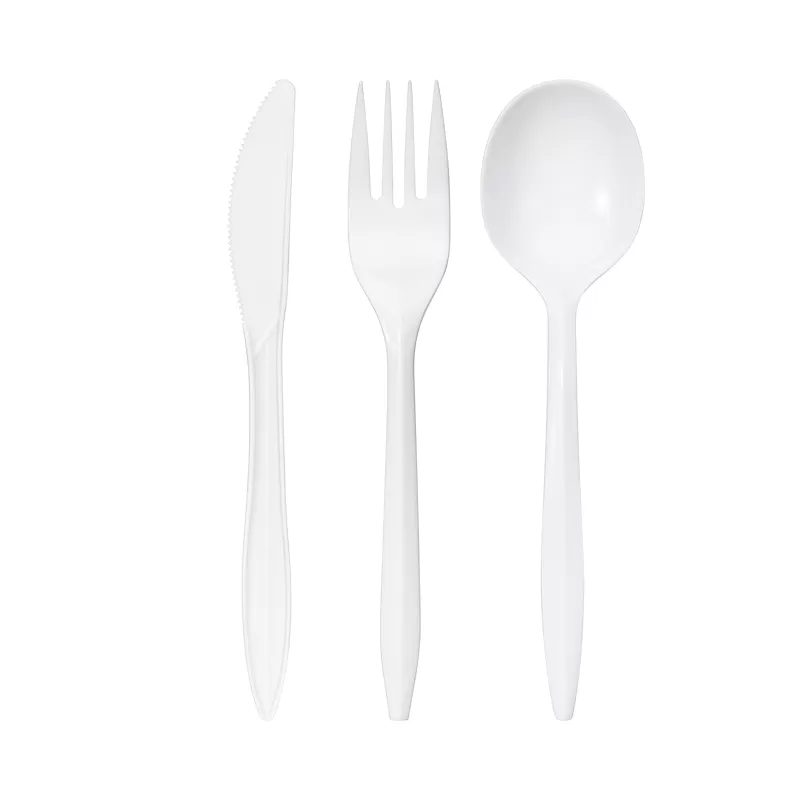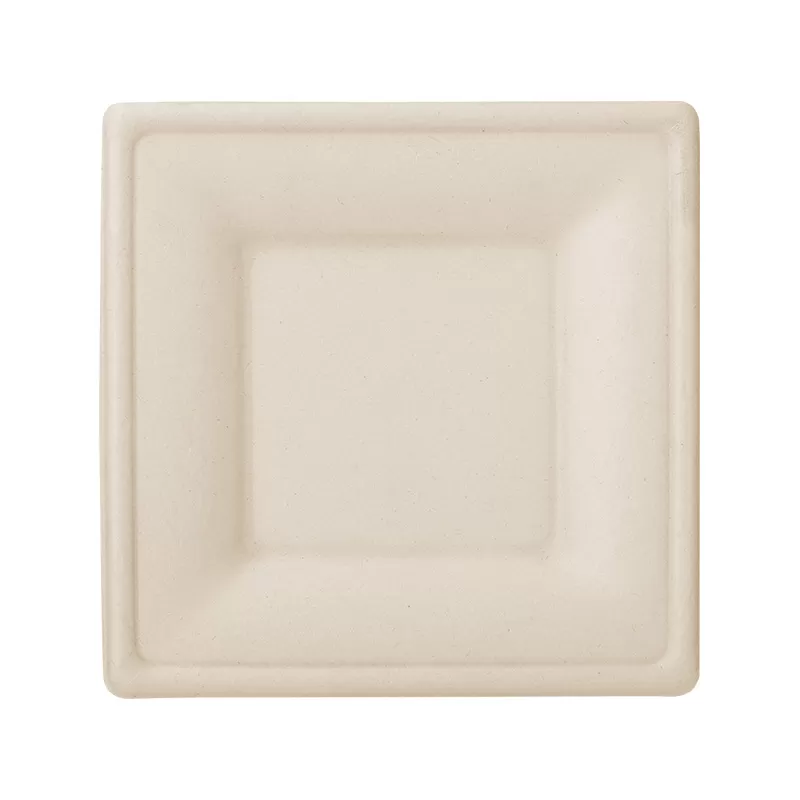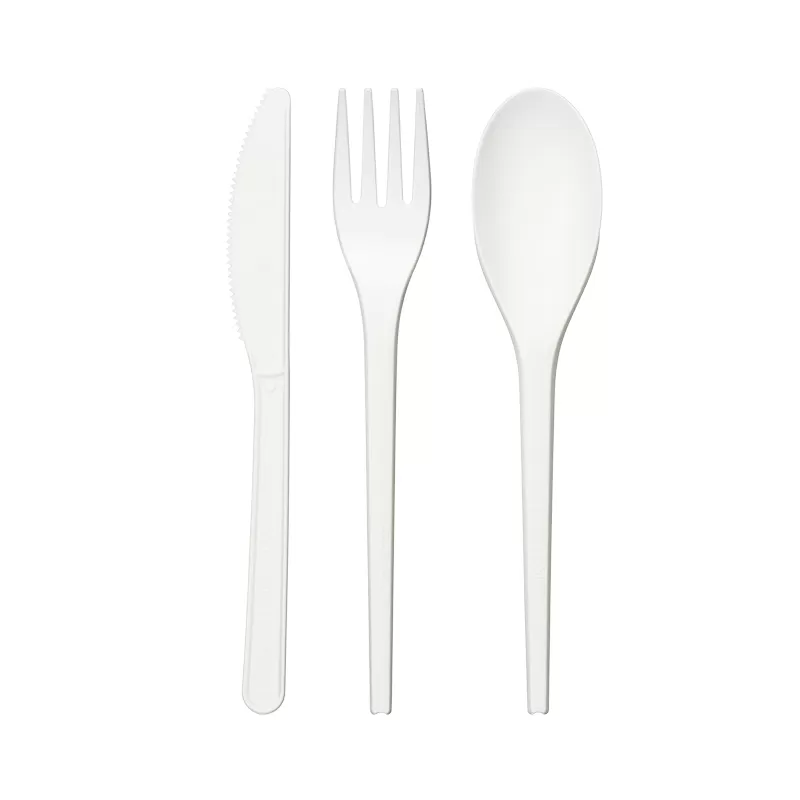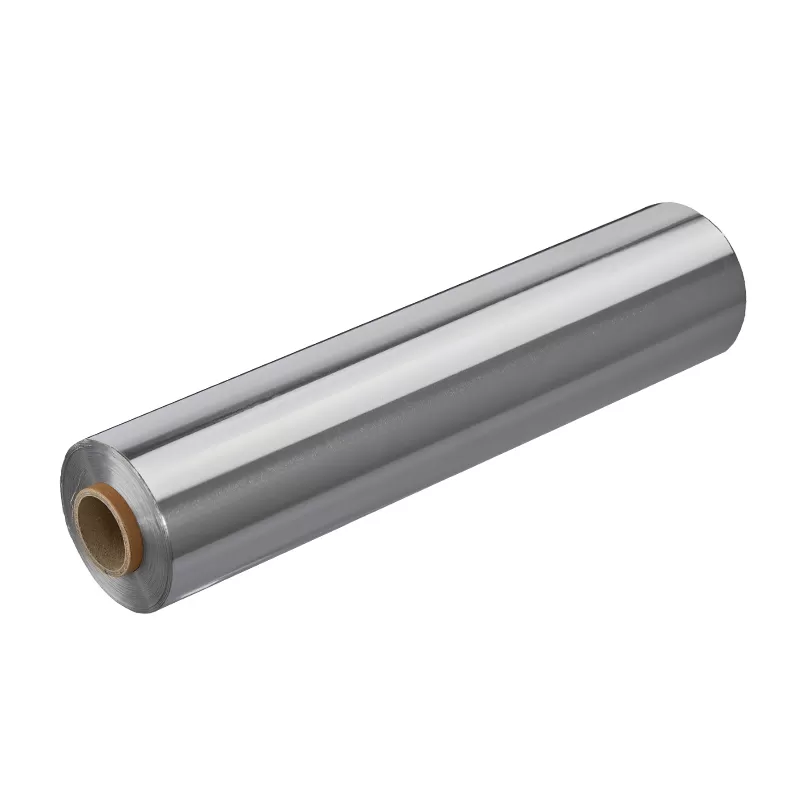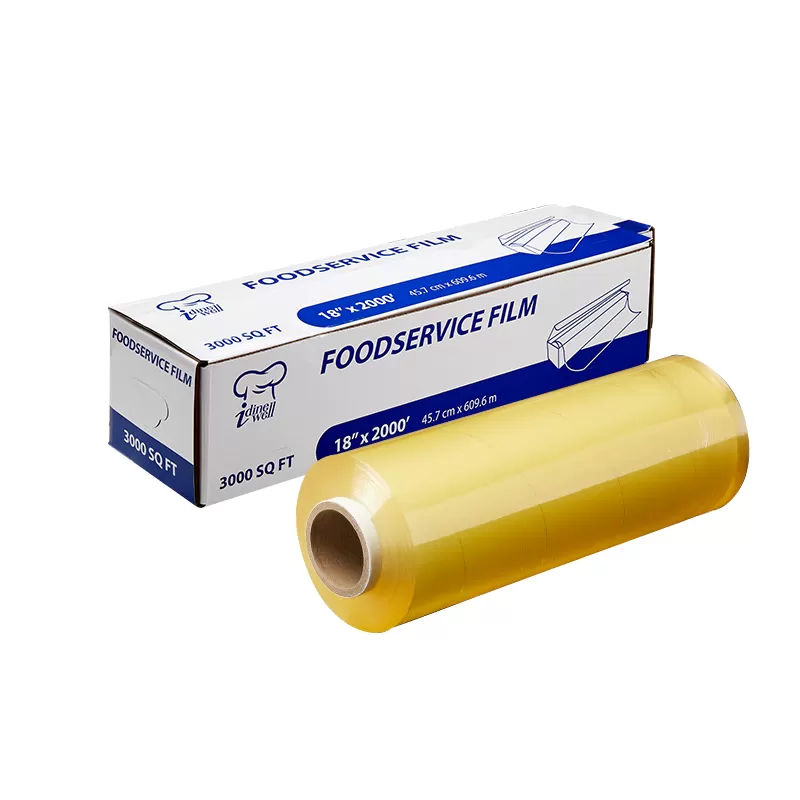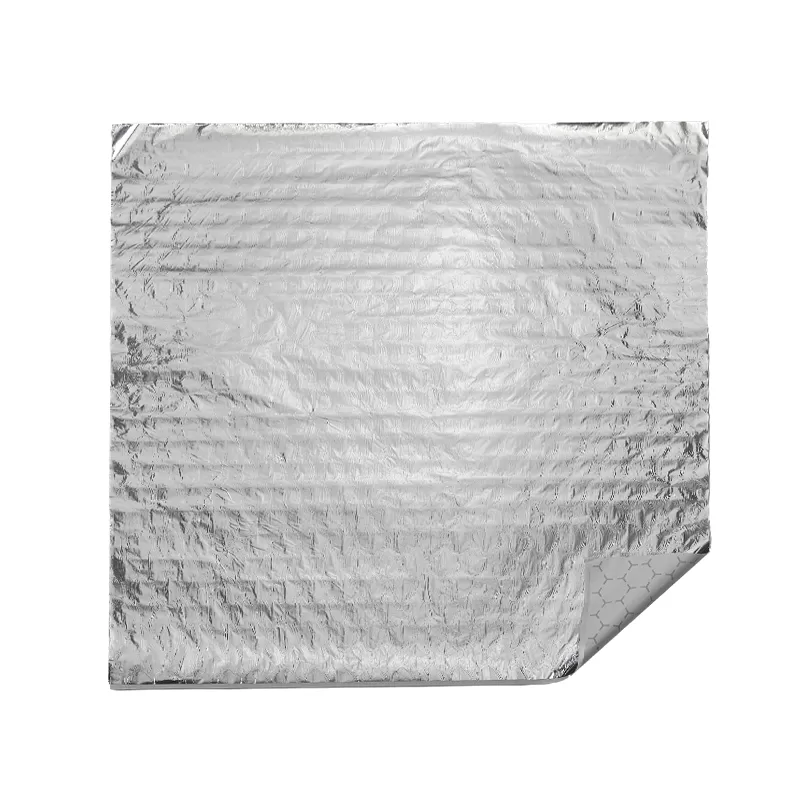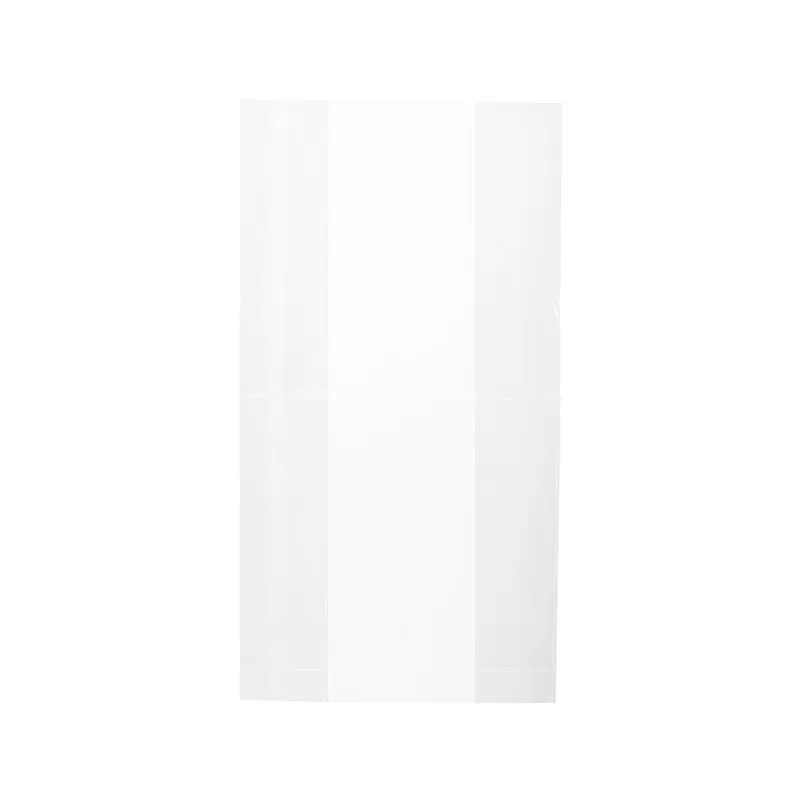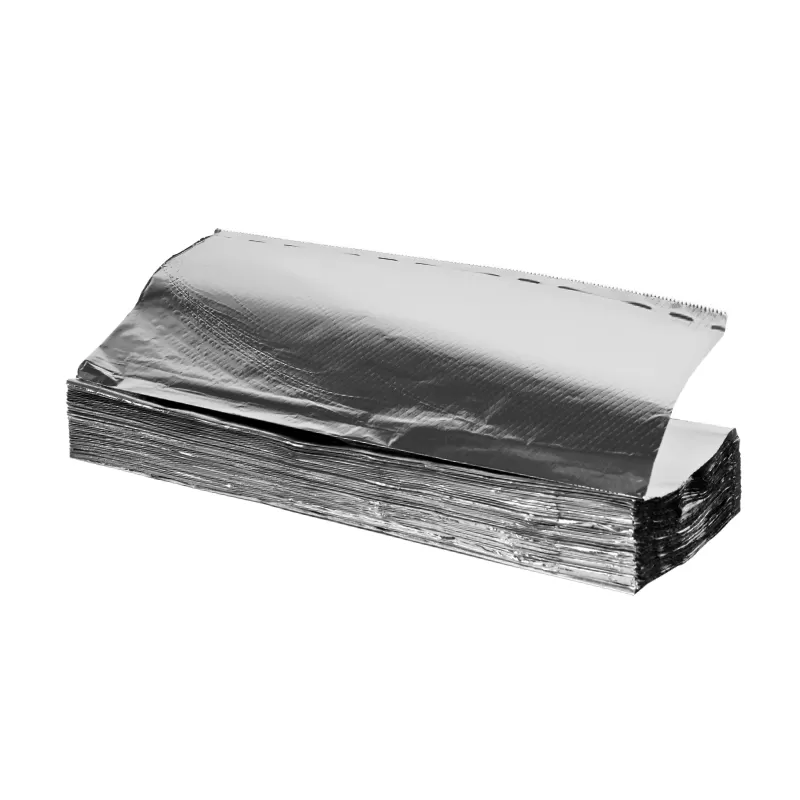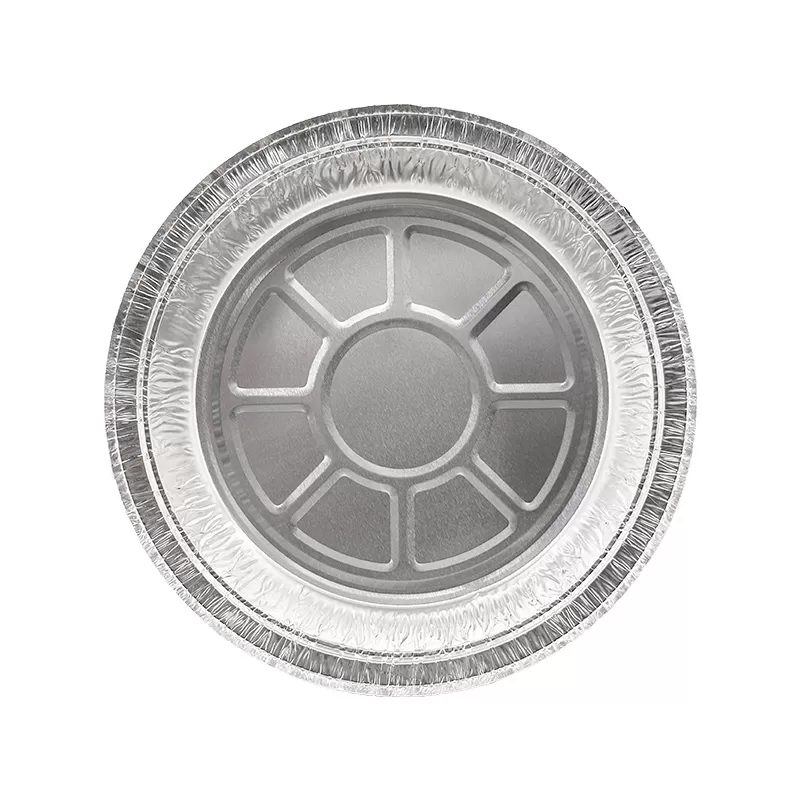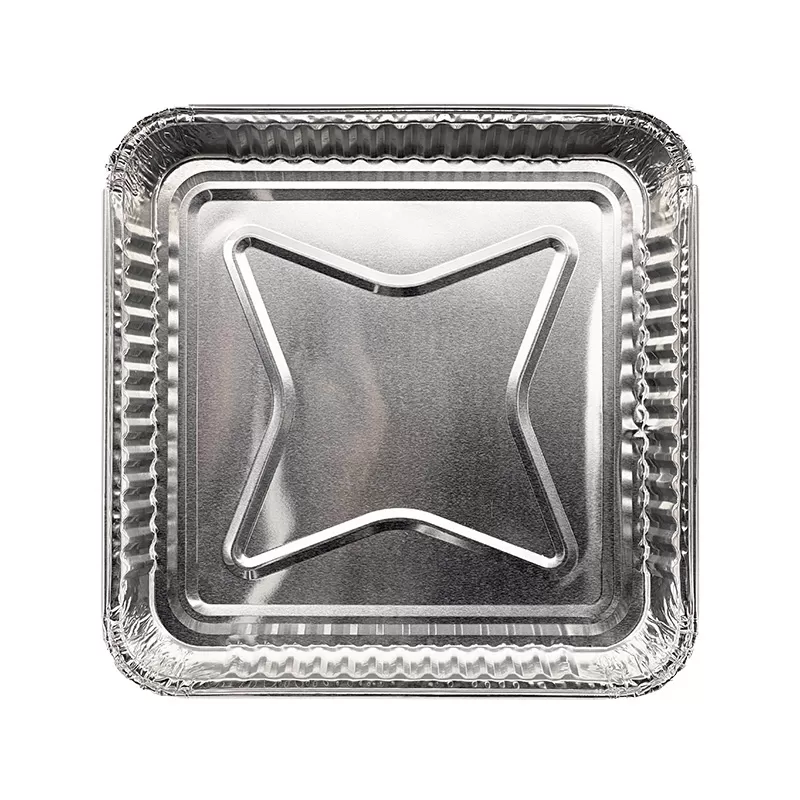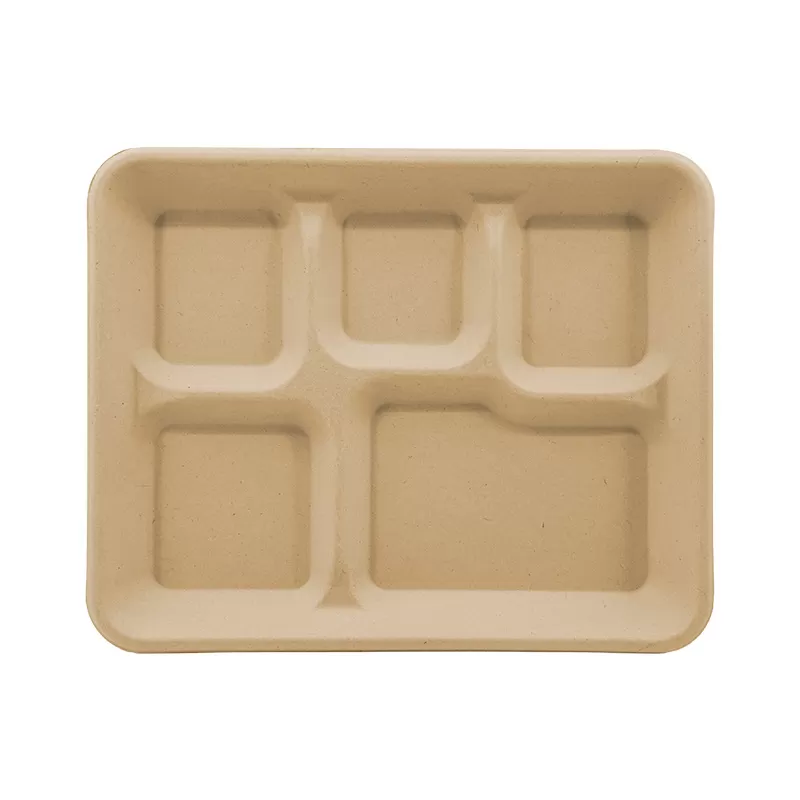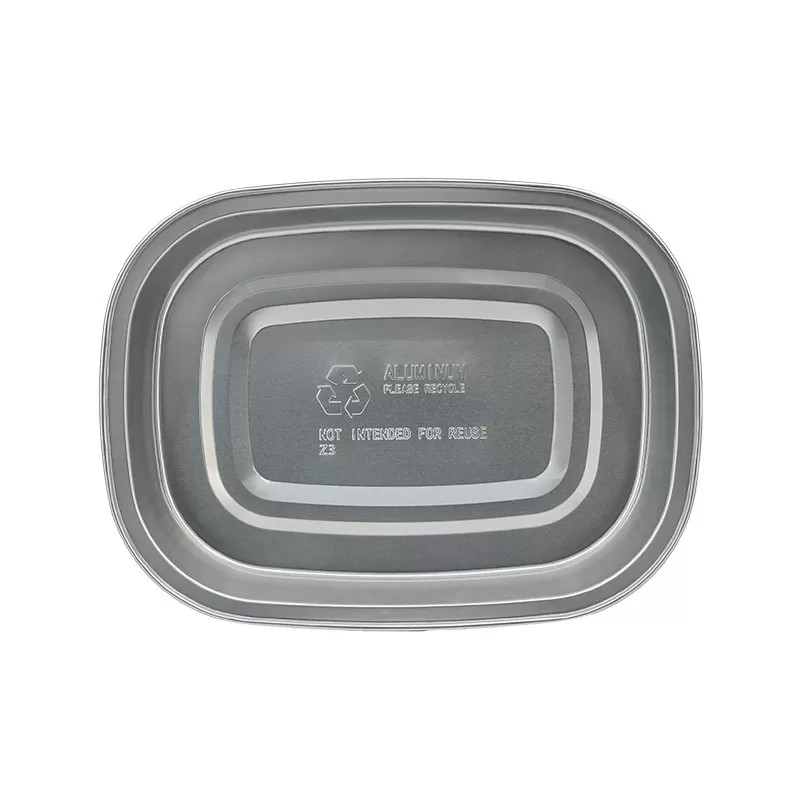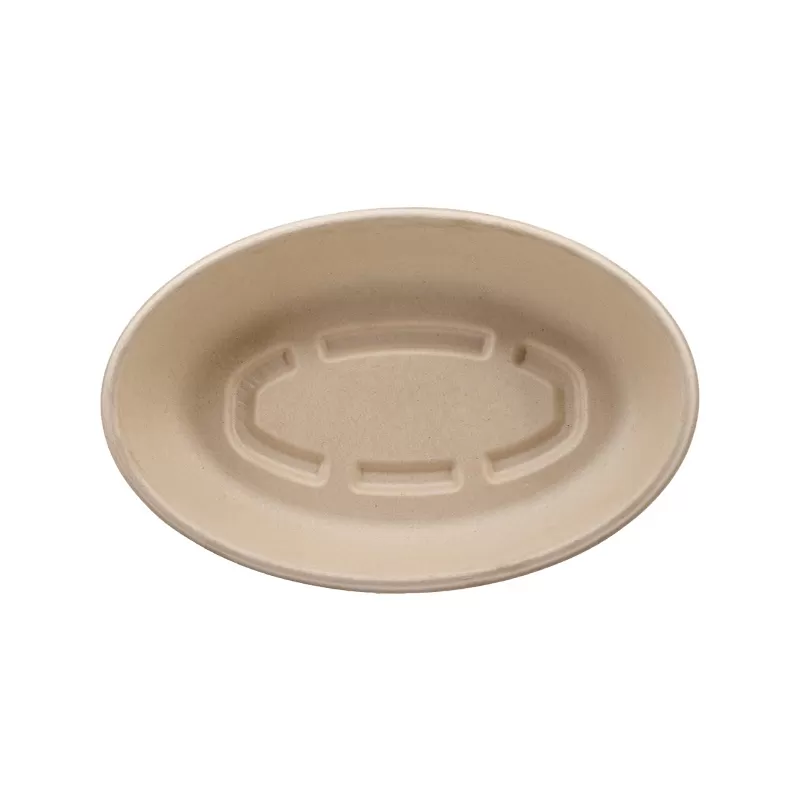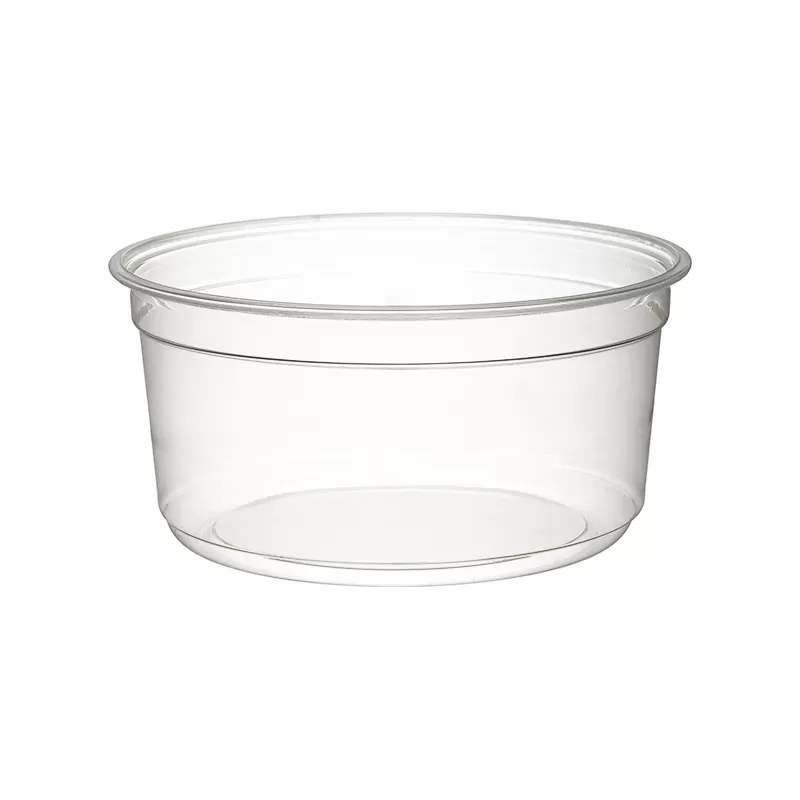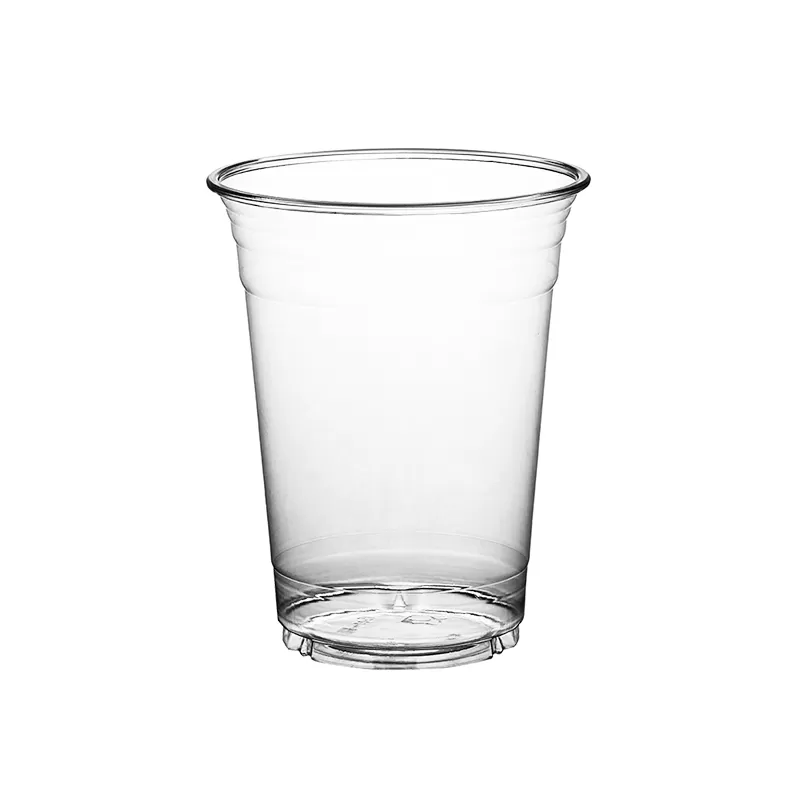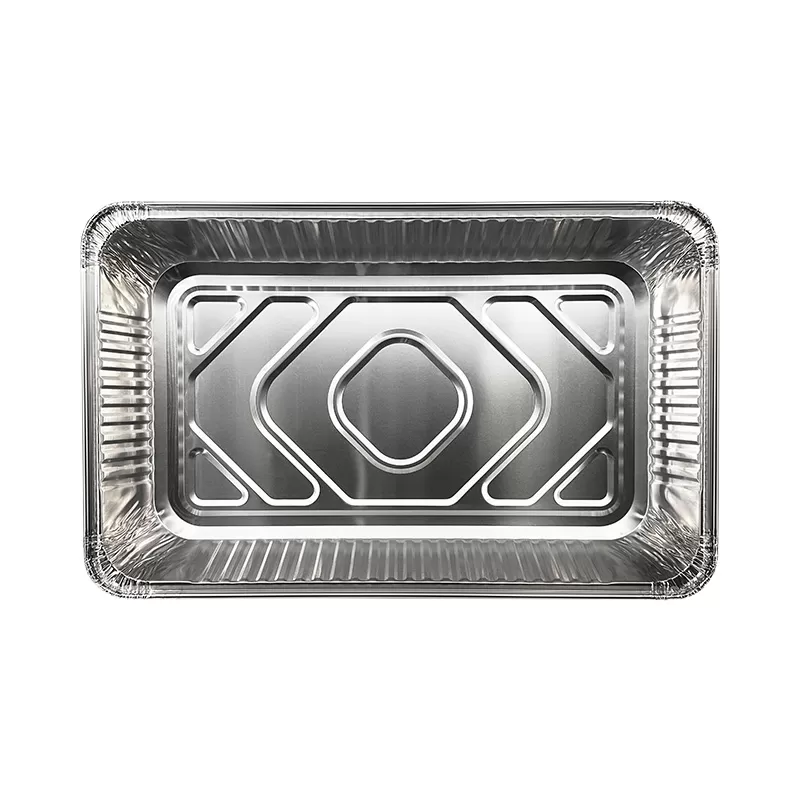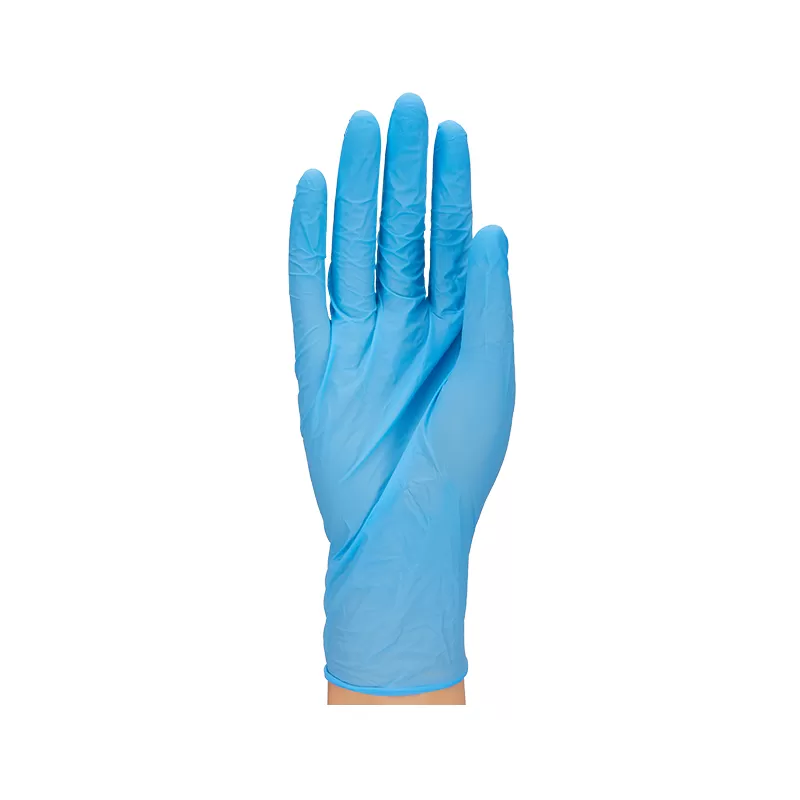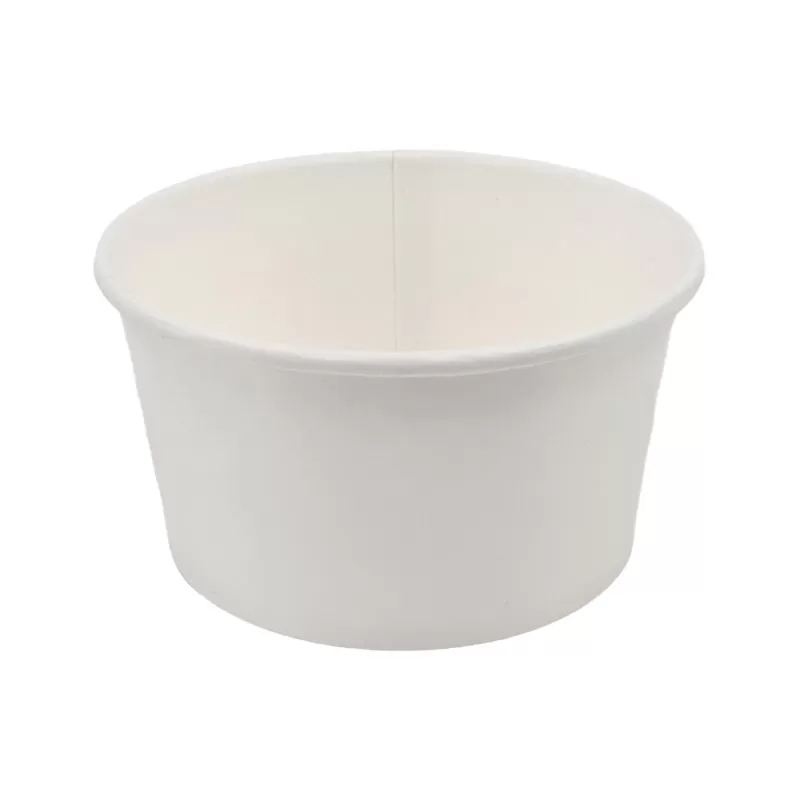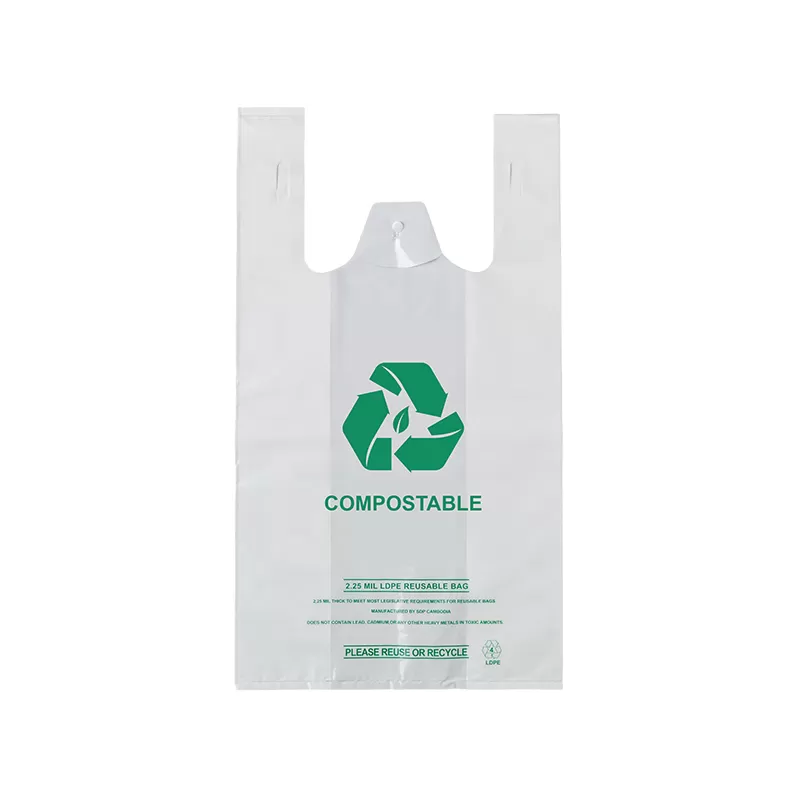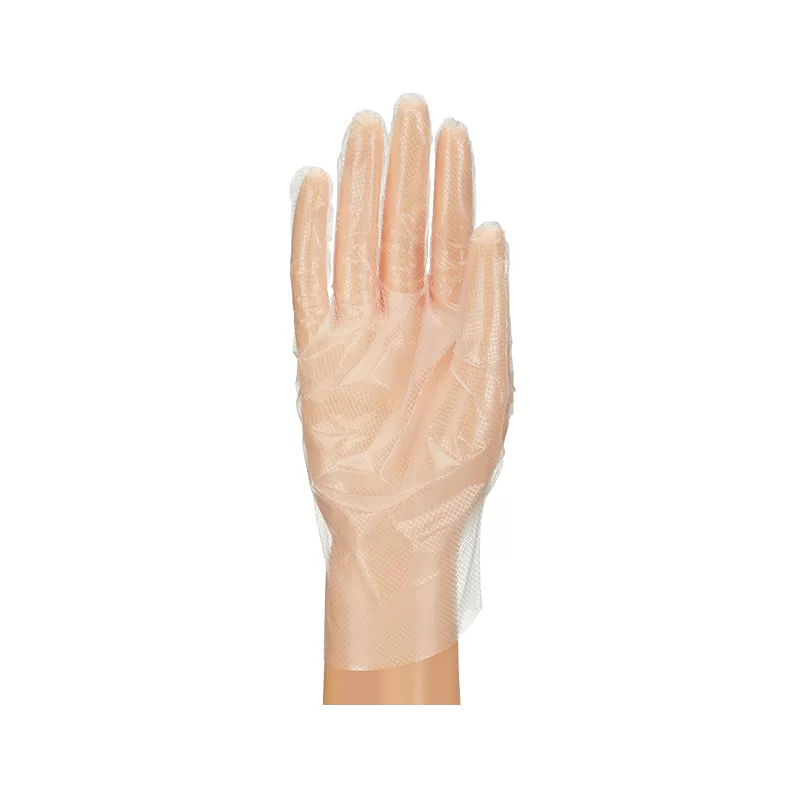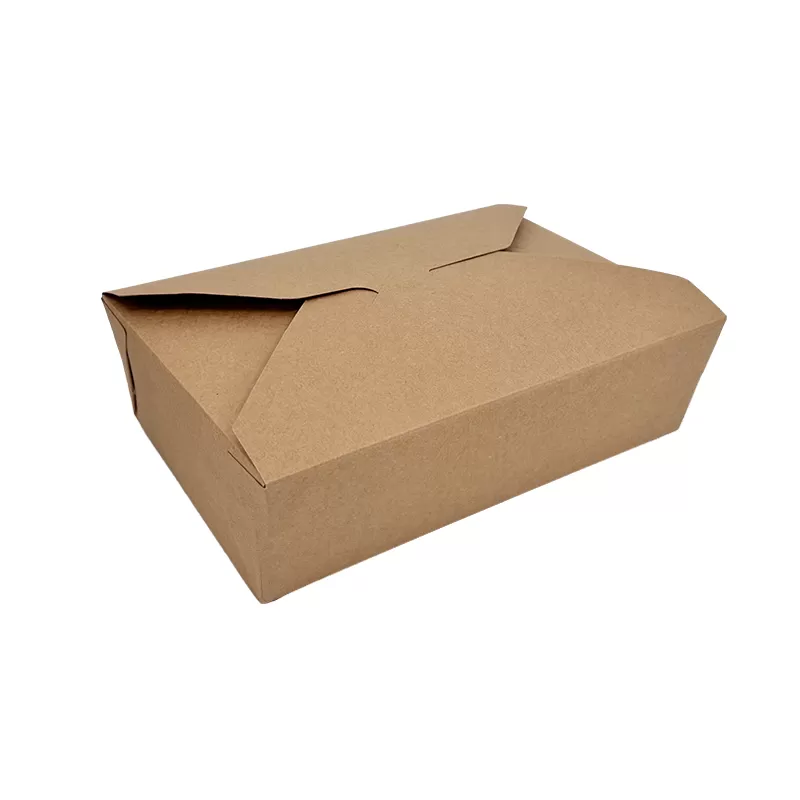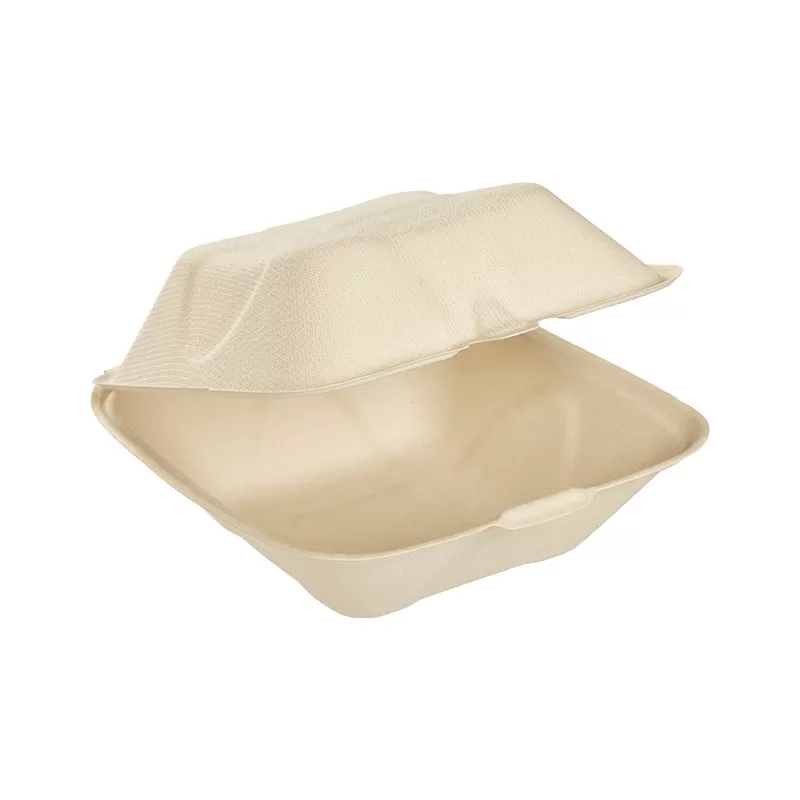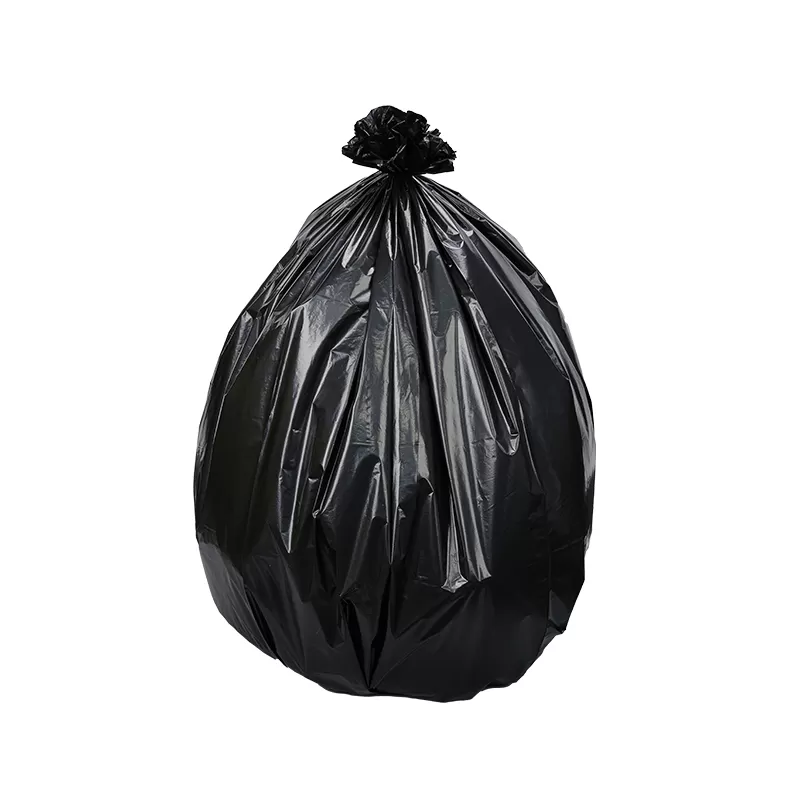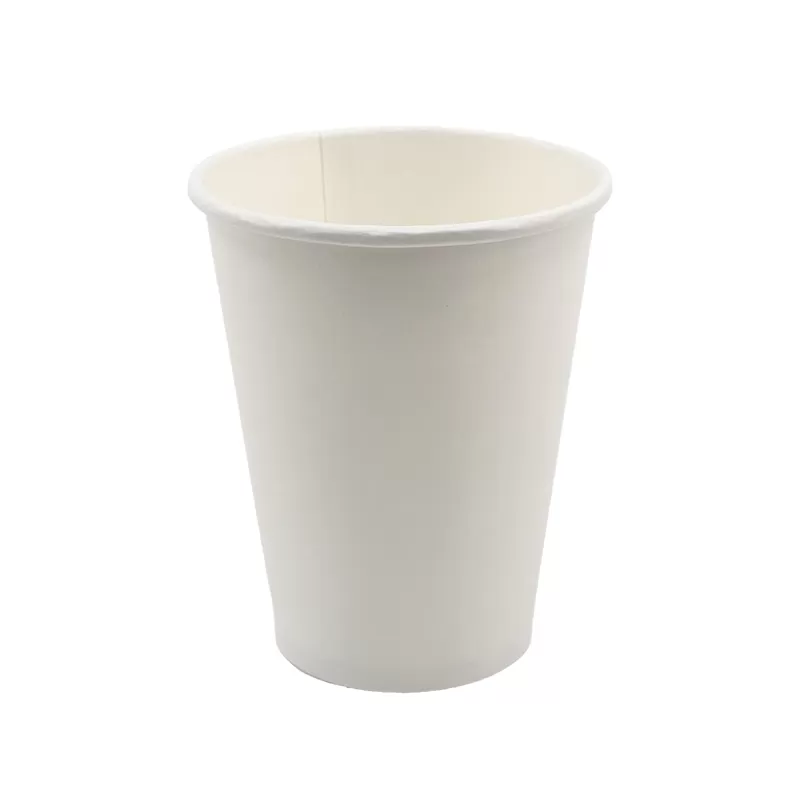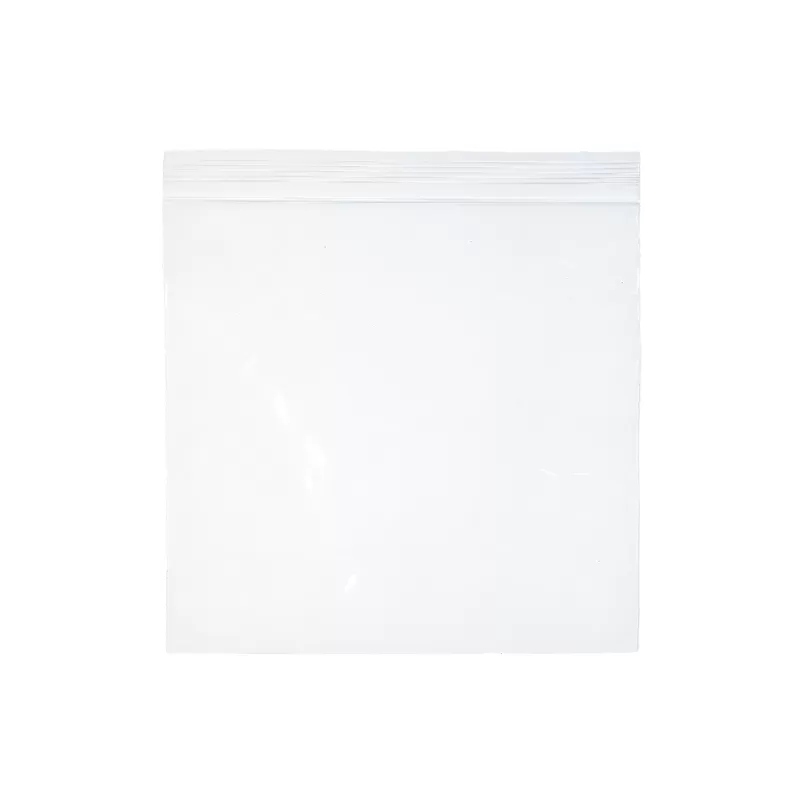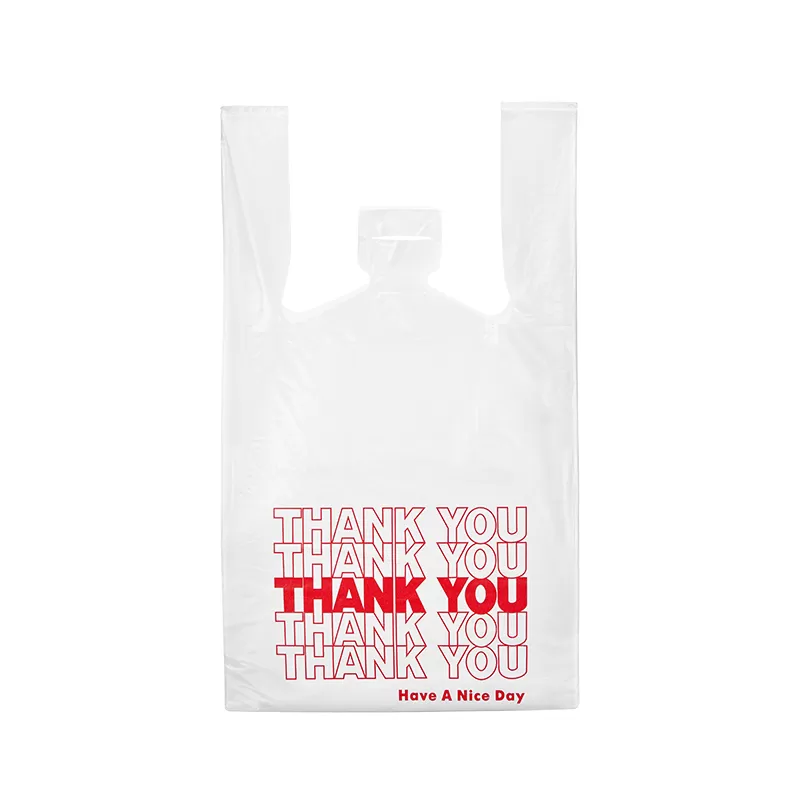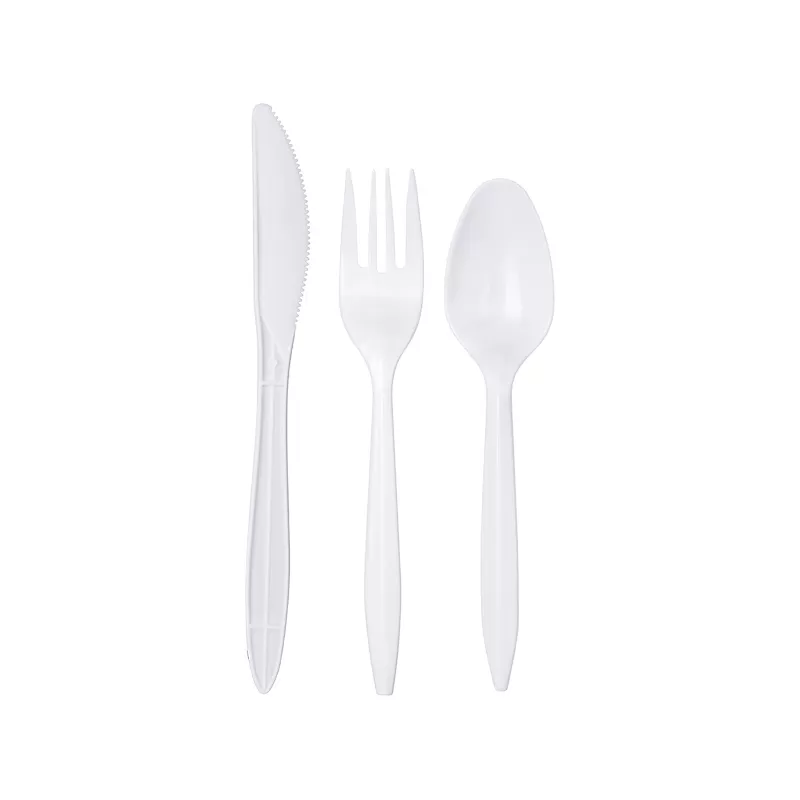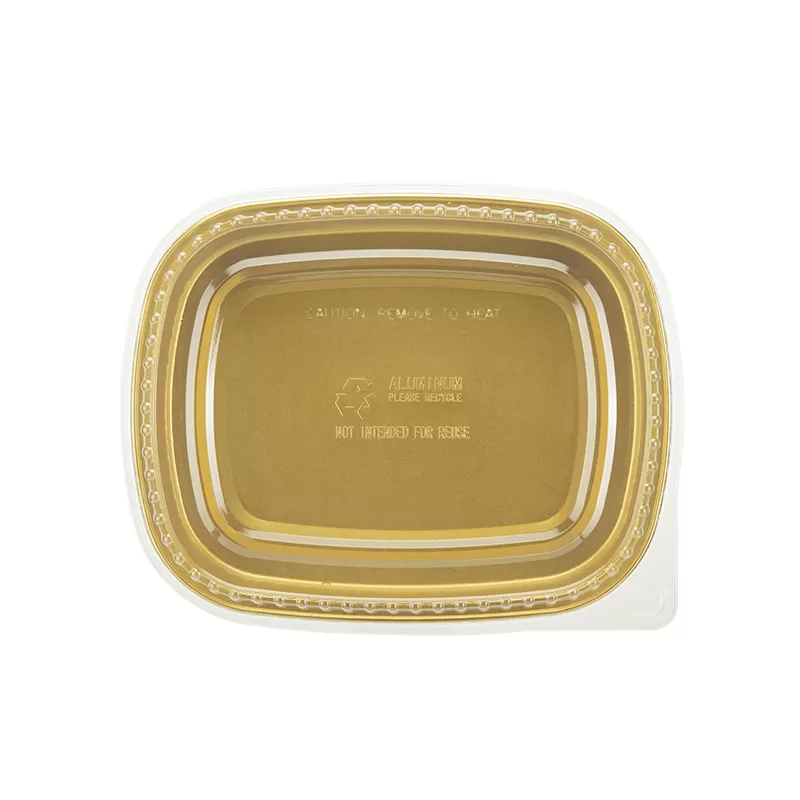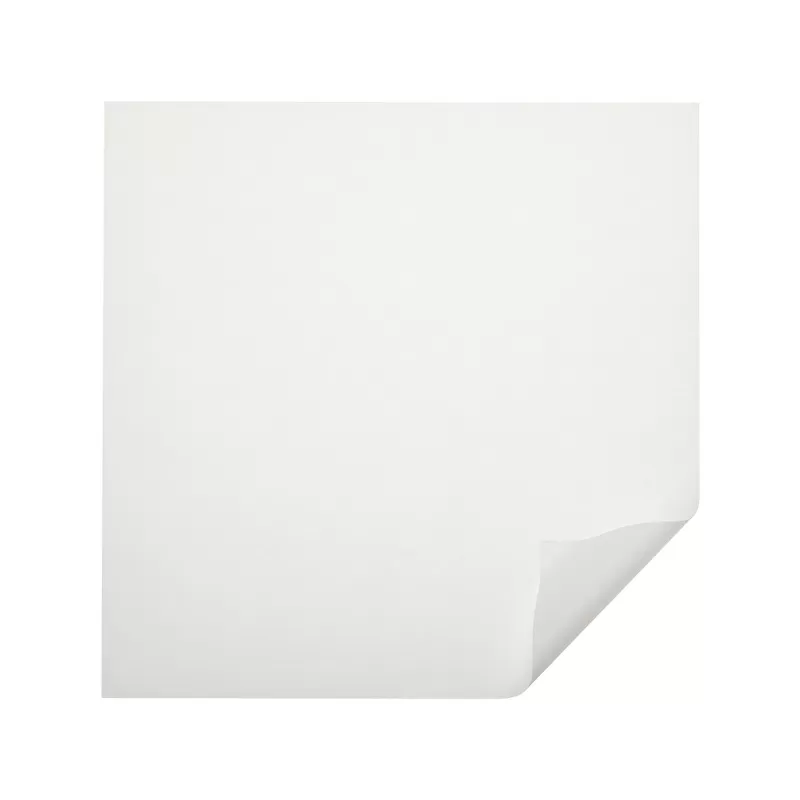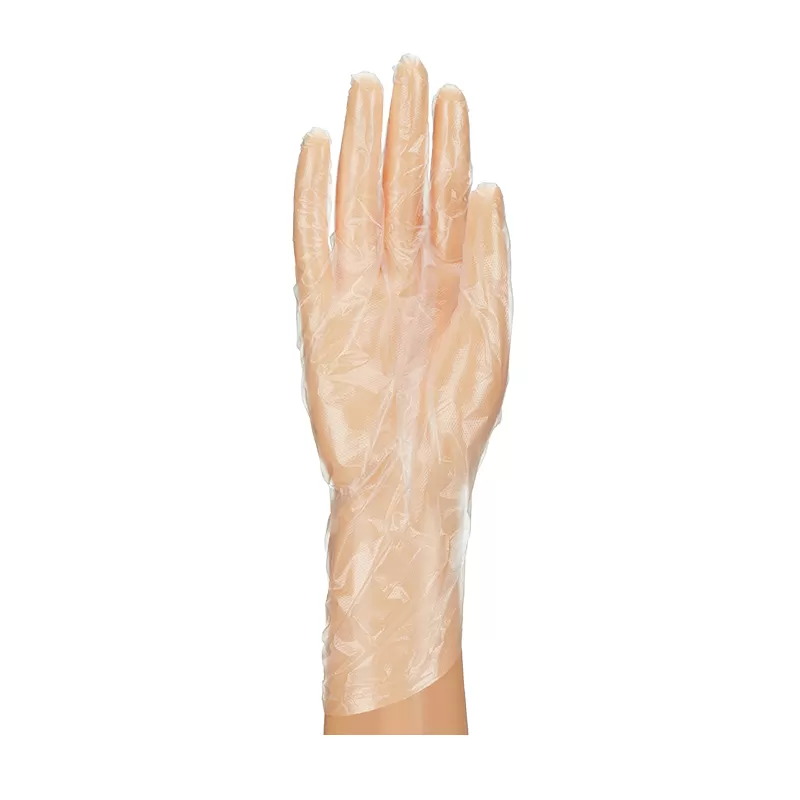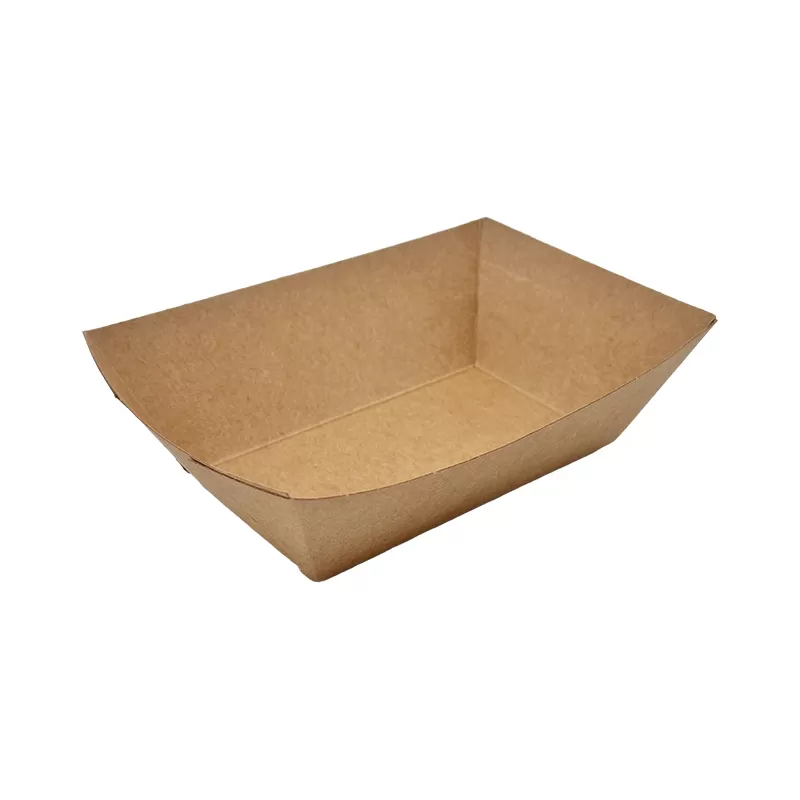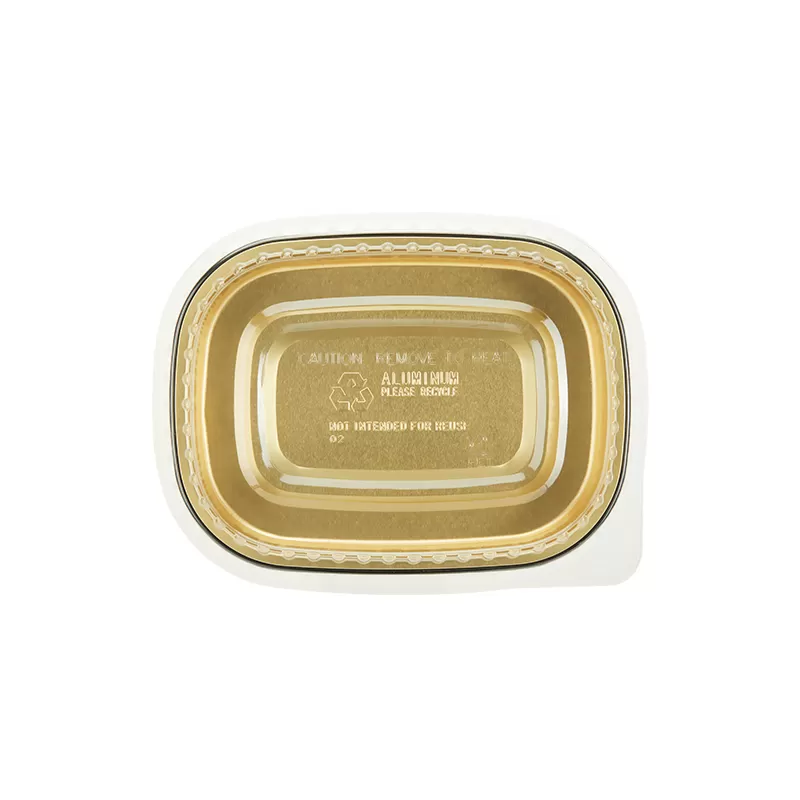
In today's fastpaced world, disposable food packaging containers have become a standard feature of takeout, fast food, airline meals, and street snacks.
However, behind these seemingly simple packages lie complex considerations involving food safety, environmental values, manufacturing technology, and brand communication. The evolution of this industry is driven by disposable food container manufacturers working behind the scenes.

A Wide Range of Materials: More Than Just Plastic
As technology advances and environmental awareness grows, the materials used in disposable containers for food packaging have become increasingly diverse. From the early days of petroleumbased plastics like polypropylene (PP) and polystyrene (PS), the industry has moved toward more ecofriendly alternatives, including:
Molded pulp tableware: Made from bagasse, bamboo pulp, and other plant fibers, these containers are naturally biodegradable and favored by environmentally conscious food service providers.
PLA foodcontainer: Derived from corn starch, these containers are compostable and commonly used for cold drink cups and salad boxes.
Aluminum food packaging containers: Known for their excellent heat retention, they are ideal for takeout foods that need to stay warm.
PP plastic containers: Still widely used due to their low cost, heat resistance, and oil resistance, especially in mainstream fastfood packaging.
Manufacturing Upgrades: From Standardization to Customization
Today's disposable food container manufacturers do more than massproduce standard models—they increasingly focus on customization and functional innovation. With technologies such as thermoforming, injection molding, and hotpressing, manufacturers can offer:
Varied sizes and unique shapes to accommodate different types of food presentation.
Practical features like snapon lids and leakresistant designs.
Custom printing for logos and branding to enhance visibility and marketing impact.
As the concept of a "sustainable supply chain" gains traction, manufacturers are placing greater emphasis on raw material traceability, energy efficiency, and carbon footprint reduction—striving to lead by example in green manufacturing.

Smart Applications Across Diverse Settings
Disposable food packaging containers serve far more than just "takeout boxes." Their smart applications extend to various food service scenarios, including:
Airline and highspeed rail catering: Requiring lightweight, leakproof, and pressureresistant packaging that also looks attractive.
Seasonal and festive packaging: Customprinted with themed graphics to reflect holiday cheer and convey brand warmth.
Cold chain logistics and fresh food delivery: Often paired with cooler bags or ice packs to maintain freshness during transport.
Coffee and beverage branding: Custom cups and paper bags that double as mobile advertisements.
Future Trends: Sustainability, Intelligence, and Aesthetic Design
As regulations tighten and consumer awareness grows, the future of disposable food packaging containers is shifting toward ecofriendliness, smart functionality, and visual sophistication. Examples include:
Compostable materials, waterbased inks, and gluefree designs to ease recycling and decomposition.
RFID chips or QR codes to enable traceability and nutritional transparency.
Collaborations with designers and illustrators to add aesthetic value and emotional appeal to packaging.

The next time you pull a steaming hot meal from a delivery bag, pause for a moment—what you're holding is more than just a food container. It reflects a convergence of material science, production innovation, consumer psychology, and environmental ethics.
In the future, disposable containers for food packaging will be more than a supporting role on the dining table; they'll be a key carrier of green living and brand identity.
As a professional disposable food container manufacturer, Keystone offers a wide range of options to meet your packaging needs!







